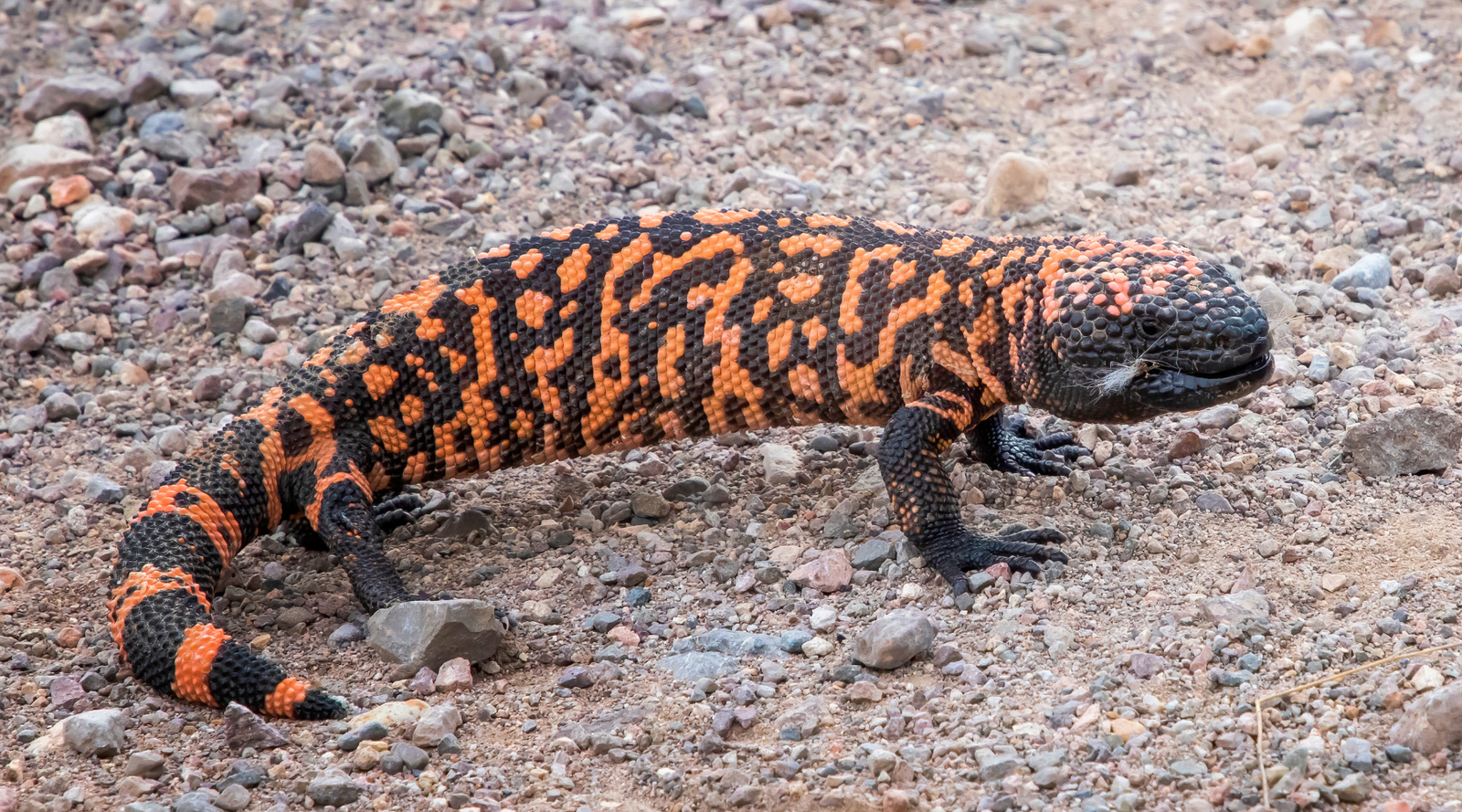Black Bears vs Brown Bears: What Are The Differences?
Two of the most well-known bear species in North America are the black bear and the brown bear. Whilst they may seem similar at first glance, these two types of bear have several distinct characteristics that set them apart. Want to know the differences between black bears and brown bears? Let's find out!

Black Bears vs Brown Bears: Physical Appearance
Color
Despite their name, black bears aren't only black in color, in fact they come in a wide range of colors including black, brown, cinnamon, and even white. Similarly, brown bears aren't always brown in color, with their fur ranging from black through to blonde.
Because black bears can be brown and brown bears can be black, it makes total sense to rely on other characteristics to tell them apart!
Size
Black bears are generally smaller compared to brown bears, which tend to be larger and more robust, although this isn't always the case.
Distinguishing Features
There are certain key physical characteristics that can help you ascertain which type of bear you're looking at (hopefully from a safe distance!). These are the most noticeable differences:
- Brown bears have a shoulder hump, but black bears don't.
- Brown bears have a low rump, whereas it's much higher for black bears.
- Black bears have a straighter face profile.
- Brown bears have longer and straighter claws.
- Brown bears have short, round ears, but black bears have taller, more oval shaped ears.

Black Bears vs Brown Bears: Habitat
Black bears are highly adaptable and can be found in a variety of habitats, including forests, swamps, and even urban areas. They are more widespread and can be found in North America, including parts of Canada, the United States, and northern Mexico.
There are 2 brown bear subspecies found in North America: the Kodiak bear (Ursus arctos middendorffi) and the grizzly bear (Ursus arctos horribilis). Kodiak bears only live on the islands of the Kodiak Archipelago in Alaska, whereas grizzlies live inland in various habitats including forests and woodlands, prairies, and alpine meadows.
Whereas grizzly bears once occupied a vast range throughout the United States, they've lost most of their habitat, but conservation efforts over recent years have helped to increase their populations.
Black Bears vs Brown Bears: Diet
Both black bears and brown bears are omnivores, eating both plants and animals. As brown bears have longer claws than black bears, they're better equipped for digging for food, whereas the shorter claws black bears possess allow them to climb trees.

Black Bears vs Brown Bears: Aggressiveness
Both black and brown bears can both be aggressive, particularly if there are cubs around to protect.
However, it's usually the case that brown bears are more aggressive, especially when they feel threatened or if they're facing food shortages.
When hiking in bear country, it's important to be aware of how to avoid and deal with close encounters with bears. The advice of how to deal with a bear attack differs depending on whether you're dealing with a black bear or brown bear - the advice from the National Park Service is to play dead if it's a brown bear, but do not play dead if it's a black bear. We highly recommend checking out the National Park Service's full guidance on Staying Safe Around Bears.
Whilst black and brown bears look fairly similar on the surface, when you dig deeper, you realize just how many differences they have. Understanding these differences is not only interesting, but also extremely important if you live in or plan to visit black or brown bear habitats. Rep these incredible creatures with our bear apparel! All showcasing hand-drawn designs, each order funds the planting of trees and donates to environmental non-profits including National Forest Foundation - shop our nature apparel today.
















Leave a comment (all fields required)